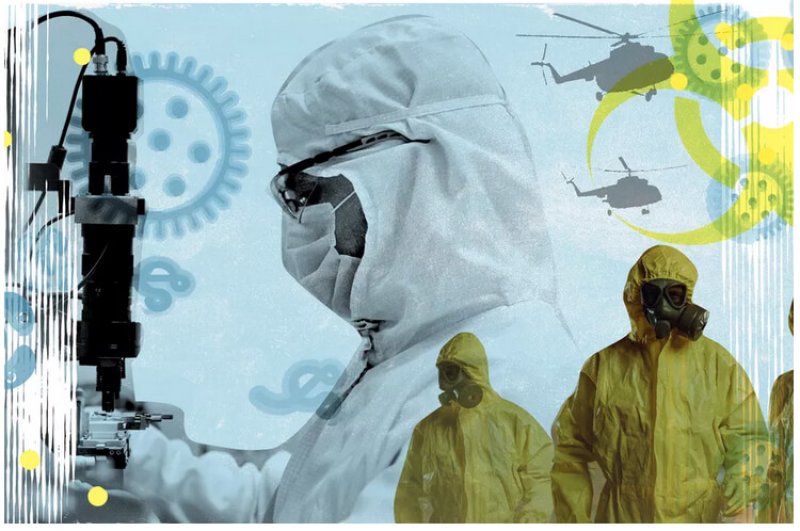In the darkened ballroom of the Mandarin Oriental Hotel in Washington, D.C., some of the finest minds in government are debating how to stop the end of the world. … [The participants] are playacting the role of presidential advisers convened to respond to a fictional outbreak of a new virus.
…
As the exercise unfolds, the participants … debate whether the United States should close its borders to slow the spread of the disease, and where to concentrate increasingly scarce health resources. But their decisions ultimately make little difference. … The world is defenseless.
…
[This exercise] shows that the threat from biology is evolving like a virus. Miraculous new biotechnology tools have been developed over the past few years, including in synthetic biology … and the gene-editing technique CRISPR… .These tools promise life-changing medical advances, but one day soon they might also allow an ambitious terror group — or even a single alienated microbiologist — to tweak the genes in existing pathogens and create something far worse than nature ever could.
…
It can be designed to evade medical countermeasures, frustrating doctors’ attempts to diagnose cases and treat patients. … It could, with the right mix of genetic traits, even wipe us off the planet, making engineered viruses a genuine existential threat.
Read full, original post: Bioengineering the End Times































